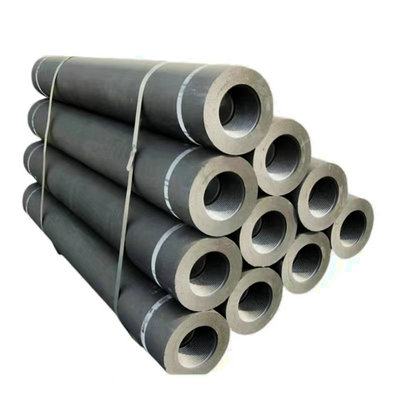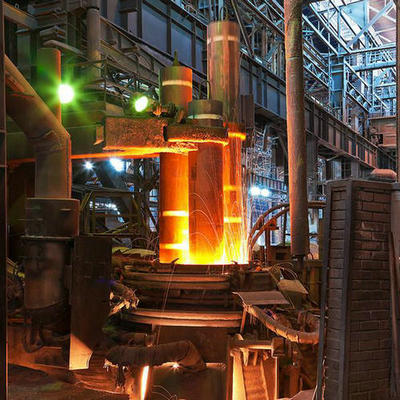Graphite electrodes play a vital role in various industrial applications, predominantly in electric arc furnaces where they serve as conductive components to facilitate the smelting and refining of metals. The electrical conductivity of graphite electrodes is a crucial graphite electrode characteristic that directly affects their performance and efficiency in these processes.
What factors affecting the graphite electrode electrical conductivity?
I:Purity and quality of the graphite used in their production
High-quality graphite with low impurity levels, especially sulfur content, exhibits better electrical conductivity. Impurities in the graphite can disrupt the movement of electrons, increasing the resistance and reducing the electrical conductivity of the electrode. Therefore, manufacturers must carefully select and process graphite materials to ensure optimal electrical conductivity.
II:Grain size of the graphite particles used in their composition
Finer grain sizes result in increased electrical conductivity due to the larger number of contact points between the graphite particles. This facilitates the easy transfer of electrons across the electrode structure, thus enhancing electrical conductivity. Manufacturers often employ specialized milling and grinding techniques to achieve the desired grain size, thereby improving electrode performance.
III:Composition of the binder material used in the production of graphite electrodes
The binder, typically a mix of coal tar pitch and petroleum coke, acts as a binding agent in the electrode manufacturing process. The conductivity of the binder material itself can impact the overall electrical conductivity of the electrode. Therefore, selecting a binder material with high electrical conductivity is crucial to ensure optimal performance of the graphite electrode.
IV:Density and porosity of the graphite electrode
Higher electrode density, achieved through proper compaction during the manufacturing process, enhances electrical conductivity by reducing the number of voids or pores. These voids act as obstacles to the flow of electric charges, increasing resistance and hindering conductivity. Therefore, maintaining suitable electrode density and minimizing porosity are crucial for maximizing electrical conductivity.
V:Structural integrity of the graphite electrode
In industrial applications where high currents and extreme operating conditions are involved, the thermal shock resistance of graphite electrodes becomes essential. As electrical conductivity is closely related to the structural integrity of the electrode, any thermal cracks or damages can significantly impact conductivity. Therefore, manufacturers focus on producing graphite electrodes with high thermal shock resistance to ensure stable electrical conductivity during operation.
VI:Surface finish of graphite electrodes
A smooth surface finish allows for better electrical contact and decreases the contact resistance between the electrode and the current collector. Various surface treatments, such as coatings and polishing, are employed to improve the surface properties of graphite electrodes, thereby enhancing their electrical conductivity.
It is important to note that electrical conductivity alone does not determine the overall performance of graphite electrodes. Other factors, such as mechanical strength, oxidation resistance, and chemical stability, also contribute to their effectiveness in industrial applications. Therefore, a comprehensive understanding of all these factors is crucial in the selection and utilization of graphite electrodes for specific processes and industries.
The electrical conductivity of graphite electrodes is a critical characteristic that directly influences their performance in industrial applications.Understanding and controlling these factors are essential for optimizing electrode performance and ensuring efficient and reliable operation in electric arc furnaces and other similar processes.
CONTACT US FOR CORRECT INFORMATION ABOUT GRAPHITE ELECTRODES.
Post time: Jul-25-2023








